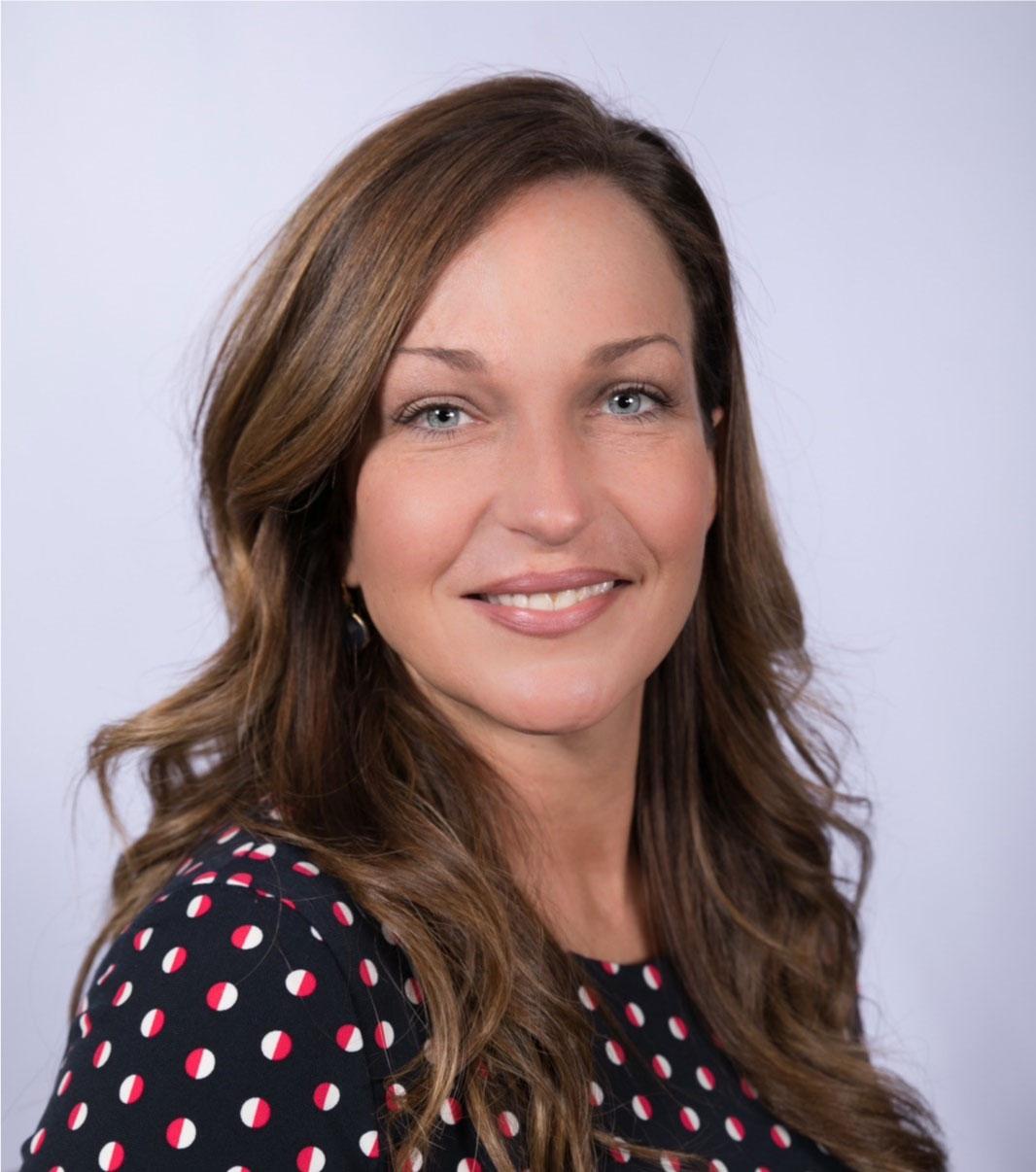The first step to creating, designing and deploying meaningful learning experiences is to determine what learning needs to take place, how much of the event will be designed for that learning and by what degree participants will be motivated to attend because of it.
The measurement of learning can be broken down into three main areas:
- Learning environment (structure, design, setting, learner readiness and follow-up)
- Learning process
- Learning action
What's next? Meeting professionals should ask how much of the learning will be acted upon or adapted.
Adult learning principles illustrate that the more relevant, meaningful and interactive a learning experience, the more likely the learning outcome will be achieved.
A good way to decide on educational content and format is to send a pre-event survey or gather information during the registration process. This will help you prepare and adjust designs to maximize the probability of learning outcomes.
Related Certificate Course: Meeting & Event Strategist
Once you have data, you can create a design structure related to the level of challenge and the structure as it related to breaks and timing. The setting of the educational environments can be just as important as the content so consider varied room layouts, daylight and interaction.
Here is a checklist to consider when creating educational experiences.
- Learning will offer the appropriate level of challenge
- There will be activities to suite a variety of learning styles
- Technology will aid interaction
- The meeting design will encourage mixing experience levels
- The content challenges the status quo
- Participants will encounter different points of view
- There will be opportunities to benefit from collective and expert knowledge
- Participants will be able to test their learning in their own context



